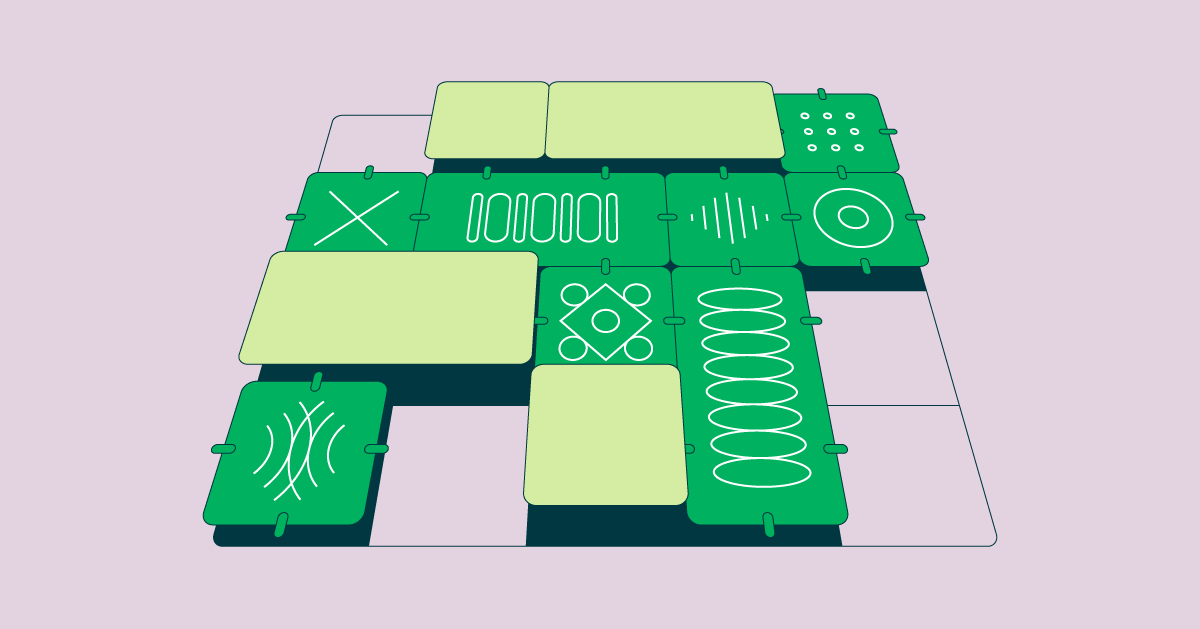Putting the head back on your Headless CMS
Headless CMS and content authorship are not obvious partners. There is no integrated CMS preview, no drag-and-drop page/layout and developers are needed to make small changes to layouts. With the trend of experience-driven e-commerce sites, the need for improving the authorship experience is rapidly increasing. So, how did we get here?
Digital has evolved from a marketing pet project to be the core business. With the surge of Big Data, new channels and new systems that need to be tied together effectively, the complexity has increased manifold. This has brought a power shift towards IT, which is now repositioned as the business enabler. For stability, integration flexibility, cybersecurity and reuse, the headless CMS has become the logical choice for organisations with IT in the lead.
The rise of Headless CMS
Before digital became so complex, it was a marketing world. Large global marketing teams worked in a centralised CMS with decentralised content authoring. Rolling out websites across countries was easy, with no dependency on IT to manage content or build pages. For development, in-depth knowledge of the CMS was required so everything digital was outsourced to a web agency.
Nowadays, companies have their own agile, digital teams that know how to shape the customer experience with a variety of technologies and tools. Digital has become a core business. The biggest drivers for a headless CMS are independence and the continuing expansion of channels. Large companies, especially, don’t want to be dependent on one system and one supplier. For things like loyalty, A/B testing and big data analytics they want to be able to use the best of breed. With a headless CMS, tools are integrated into an ecosystem. If a tool doesn’t fit the bill? Then it can be easily replaced. Secondly, the number of relevant channels has proliferated. Ecommerce flows via mobile, tablets and of course desktops, while new channels like car commerce or Amazon’s Alexa are creating new blue oceans for the early adopters. With a headless CMS, you’ll ensure a fast release cycle for both your content and new features as they become available by exposing content through a reusable API.
While a headless CMS is great for running an efficient system, it also has to be effective. Content management is not getting the right attention and that impacts the business.
Is a Headless CMS Right for Your Enterprise?
Download this free white paper to make the right choice for your business
The importance of content
Imagine not being able to run your marketing campaigns because there are not enough developers available. Or having no idea how your content will be presented before you publish to a live site, only knowing that your results won’t be optimal. Authors using a headless CMS quickly become frustrated, just as developers working on campaign pages instead of new features. And while developers are figuring out how to let Google index the full funnel, there is also the danger that they take a different approach each time. There is no structure enforced.
To some, this may sound like a mere operational nuisance. But as ecommerce sites are becoming increasingly experience driven, the effective and efficient management of content is more important than ever. And that requires a good authorship experience.
Learn more about experience driven commerce.
Putting the head back on with SPA
So, how can you do keep using your headless CMS and increase the authorship experience to the appropriate level? The answer is SPA: Single Page Application. A SPA brings the full experience of using an app – fast, fluid and dynamic – to your browser. Viewed from the different roles, the benefits of SPA are:
SPA for consumers: With its native-like experience, SPA gives consumers a faster and smoother experience compared to a conventional page. There are fewer page refreshes, data comes quicker and switching between different functions goes seamlessly.
SPA for marketers: The faster experience immediately impacts conversion. SPA allows for a fuller content engagement where personalisation makes the experience even more compelling. The result is a rich, superior experience.
SPA for developers: SPA offers a clean separation of concerns. The front end and back end are fully separated, making agile development fully workable. Your front-end team can work independently from your back-end team, and your front-end developer does not need to know anything about the back end.
Three commonly used SPA solutions
Of course, there is a lot more to tell about SPA and the different frameworks. For now, we’ll look at how SPA can be utilised in the three ways commonly used:
Integration layer
Build a SPA that connects through the integration layer to the CMS and e-commerce platform. This setup works fine in solutions which have limited content to manage.
Pro: Front-end developers don’t have to think about the CMS.
Con: Although the content can be managed, there are limited preview options and help from developers is required for creating new pages and changes to the structure of the pages. The CMS becomes an interface to manage content in pre-configures forms.
SPA framework
Utilise a SPA framework supplied by the CMS vendor and connect the integration layer to the e-commerce platform. This setup offers the best of both worlds but has to prove itself in practice. Various CMS vendors have launched frameworks to support this approach. A downside is that SPAs are not ideal for SEO and additional development is required to meet advanced SEO guidelines of e-commerce websites.
Pro: Various CMS vendors offer CMS frameworks which combine the flexibility of an SPA with the features of the CMS, mainly enabling a good authoring experience.
Con: The front-end developers require initial knowledge of the CMS vendor SPA and there is more dependency on the used CMS technology.
Hybrid
Use a hybrid setup with a CMS that combines normal delivery with a headless option.
Pro: You’ll leverage the strength of the CMS for online, easy content authoring and full control of the site structure and pages. It has a proven high performing delivery framework with built-in caching options. New channels can be added by building applications on top of the integration layer which combines headless access to the content in the CMS and the headless e-commerce solution.
Con: There is a dependency on the CMS. In-depth knowledge of the CMS solution is needed.
These three options all have their pros and cons, depending on your situation. However, it would be a step back in time to neglect content authoring during the implementation of your headless CMS.
Go headless, but don't forget about your content authors
With all its clear benefits for stability, speed and flexibility, headless CMS is the leading choice. The key message is: don’t forget the authorship experience. Put business back in control over their content. Especially in the current trend of experience-driven ecommerce sites, neglecting the authorship experience can cost you revenue. Using SPA, you can overcome this challenge and increase both the customer experience and the authorship experience.
Go to this article for a quick recap of how headless commerce works >










